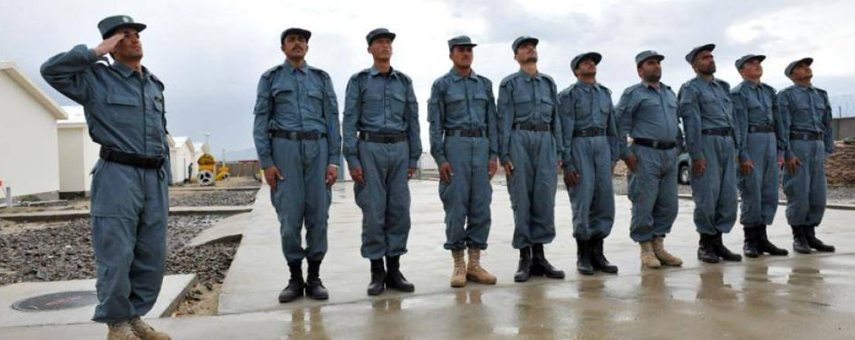Research from Transparency International shows that Afghanistan’s defense and security institutions remain at a very high risk of corruption and that this has severely impacted their ability to provide the level of security and government legitimacy that is so urgently needed. Personnel management, appointments and promotions, procurement and logistics of both soldiers and policemen are heavily affected by both petty and major corruption. The presence of ghost personnel within the army, police and intelligence services have become a serious concern for the Afghan people and the international community. Despite recent efforts by the Afghan President, corruption in procurement and the leakage caused by corrupt practices within security and defense sector institutions poses an existential threat to the Afghan state.
On the eve of the Warsaw Summit, this policy brief will analyze the major factors contributing to corruption in the security and defense sector’s institutions. It will also outline the successes and failures by the Afghan Government to overcome these problems. The paper will close with recommendations to stakeholders.
SITUATION ANALYSIS
According to the National Corruption Survey by Integrity Watch, 45% of Afghans identified insecurity as the biggest problem facing the Afghan government while 18 percent of those surveyed identified corruption and another 18 percent unemployment as the biggest problem. Insecurity is the result of several factors. However, from an anti-corruption perspective, the sources of insecurity in Afghanistan include corruption in the police, army, and justice sectors perpetuated by illegal mining, narcotics trade, and money laundering facilitated by the Hawala system. These six factors are tied together in a vicious circle where one feeds into another and vice-versa. In the following sections, the nature and relations of this web of factors is analyzed.
To begin with, a lack of robust human resource management has resulted in a huge number of ghost soldiers and police personnel. Reports indicate that the actual number of police and soldiers might be around 120,000 while official figures state there are around 322,638 assigned personnel. Recently, a newly appointed chief of police in Helmand has stated that out of some ten thousands police, he was able to verify the existence of only some five thousands in the province. Unmerited appointments and unfair promotions are major sources of dissatisfaction within the army and police. It is said that revenuegenerating posts like procurement, logistics and personnel management as well as command post positions, where bribes can be easily extorted from the population, are sold on a regular basis. Nepotism, ethnicity and language have been the predominant factors dictating appointments and promotions within the armed forces. This has demoralized policemen and soldiers and had a direct effect on desertion within the armed forces. The desertion rate for both police and army personnel is in the double digits.
See full report here.
Disclaimer: Views expressed in the article are not necessarily supported by CRSS.

